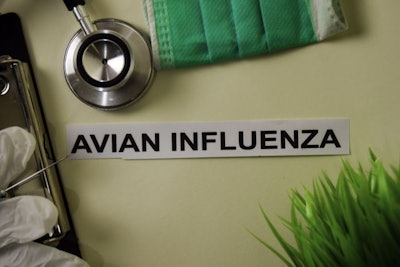
Oxidizing technology used to neutralize dangerous pathogens in hospitals, schools and other technologies could help layer operations tackle the latest outbreak of highly pathogenic avian influenza (HPAI).
“We’re trying to ensure that people, environments, assets and reputation are protected in this process,” explained Dan Garstang, Germ Solutions. “We honestly believe that we can put enough molecules and into the air and on surfaces that – depending on how the facility in question is designed – we may have a solution that can help prevent the unnecessary euthanasia of birds due to avian influenza.”
So far in 2022, HPAI has been confirmed in commercial poultry in the states of Ohio, Utah, California, Michigan, Wisconsin, Oklahoma, Minnesota, North Dakota, South Dakota, Nebraska, Kansas, Iowa, Missouri, Kentucky, Indiana, Colorado, North Carolina, Pennsylvania, Delaware and Maryland. The virus has also been found in commercial game bird operations in Texas, New York and South Dakota.
How it works
The photocatalysis technology uses ultraviolet light to provide an energy source for a titanium dioxide catalyst. As H2O and oxygen move through the catalyst, free radicals – OH and O2 super oxides and nonaqueous gas H2O2 – are created and move through the air to inactivate pathogens.
Lab results have revealed that the technology can safely inactivate COVID-19, MRSA, avian and swine influenza, Salmonella, Clostridium, Listeria and Aspergillus. In addition, it has demonstrated the ability to reduce the number of bacteria, molds and other pathogens in hospitals, schools, retail spaces and assisted living facilities.
“What we’re trying to figure out is if this is a solution that makes sense as a defense in the real world against avian influenza,” Thomas Lawton, Germ Solutions, said.
The company is currently looking for layer farms that are interested in trialing the technology. For more information, contact Tom Lawton at [email protected].
To learn more about HPAI cases in North American commercial poultry flocks, see an interactive map on WATTPoultry.com.
Read our ongoing coverage of the global avian influenza outbreak.
















